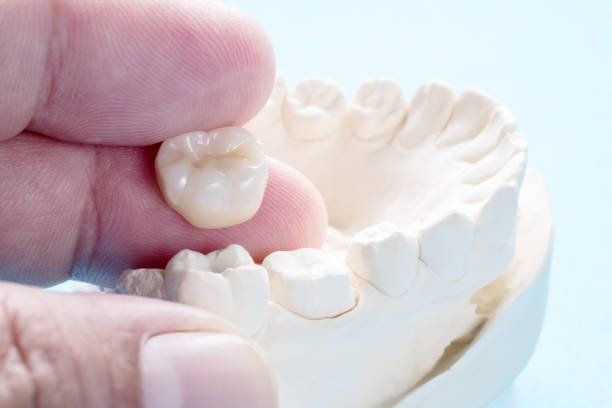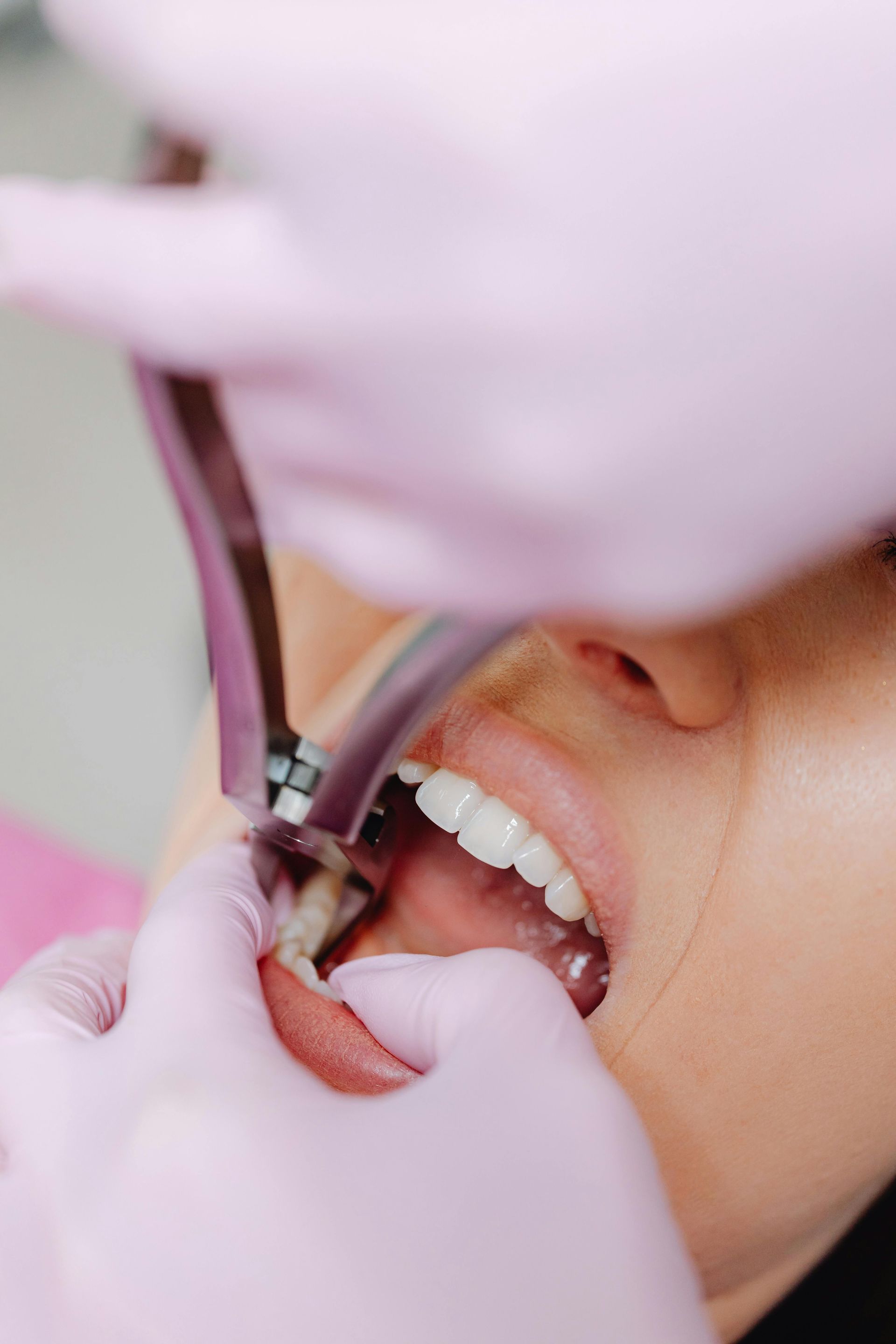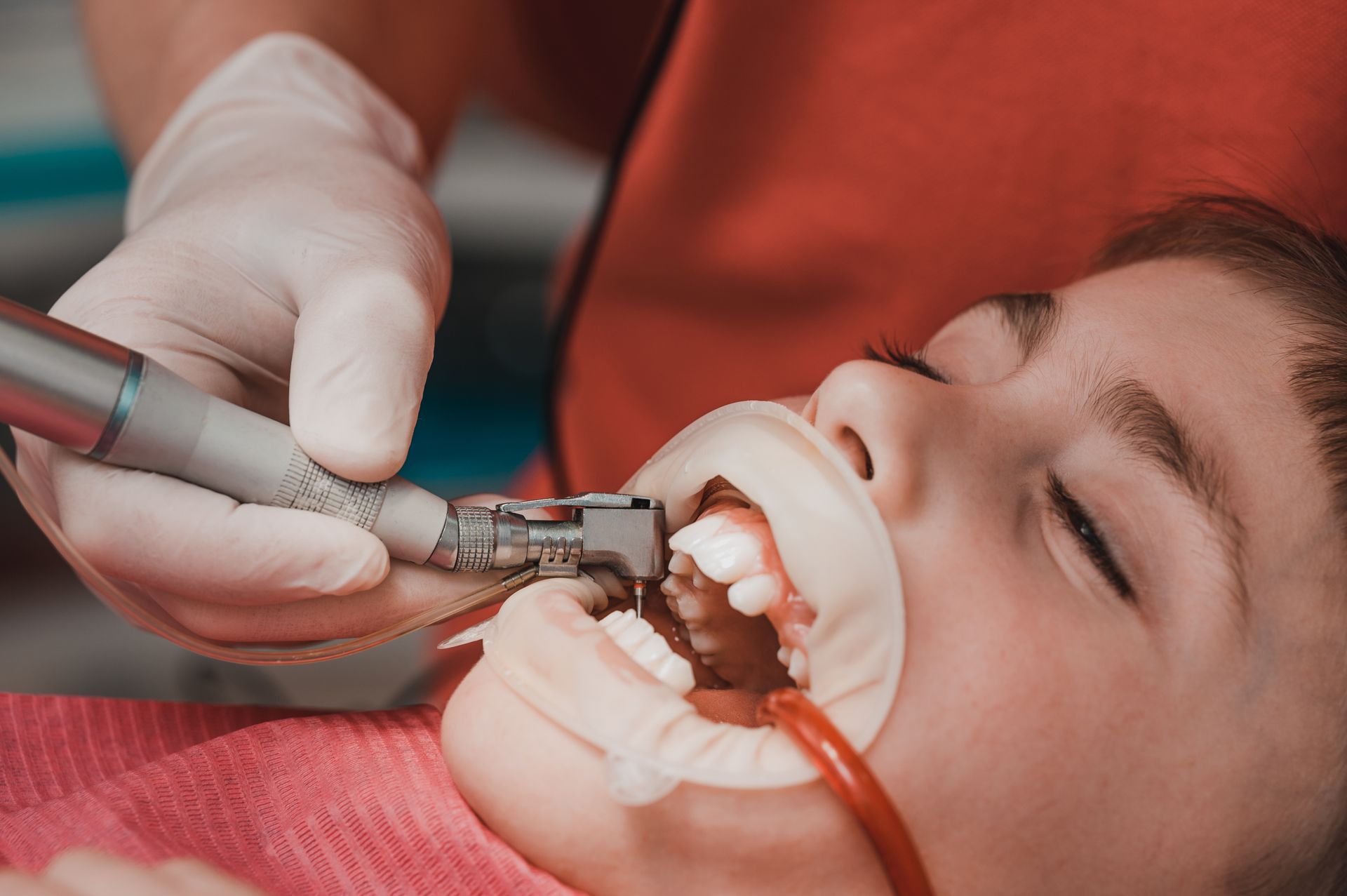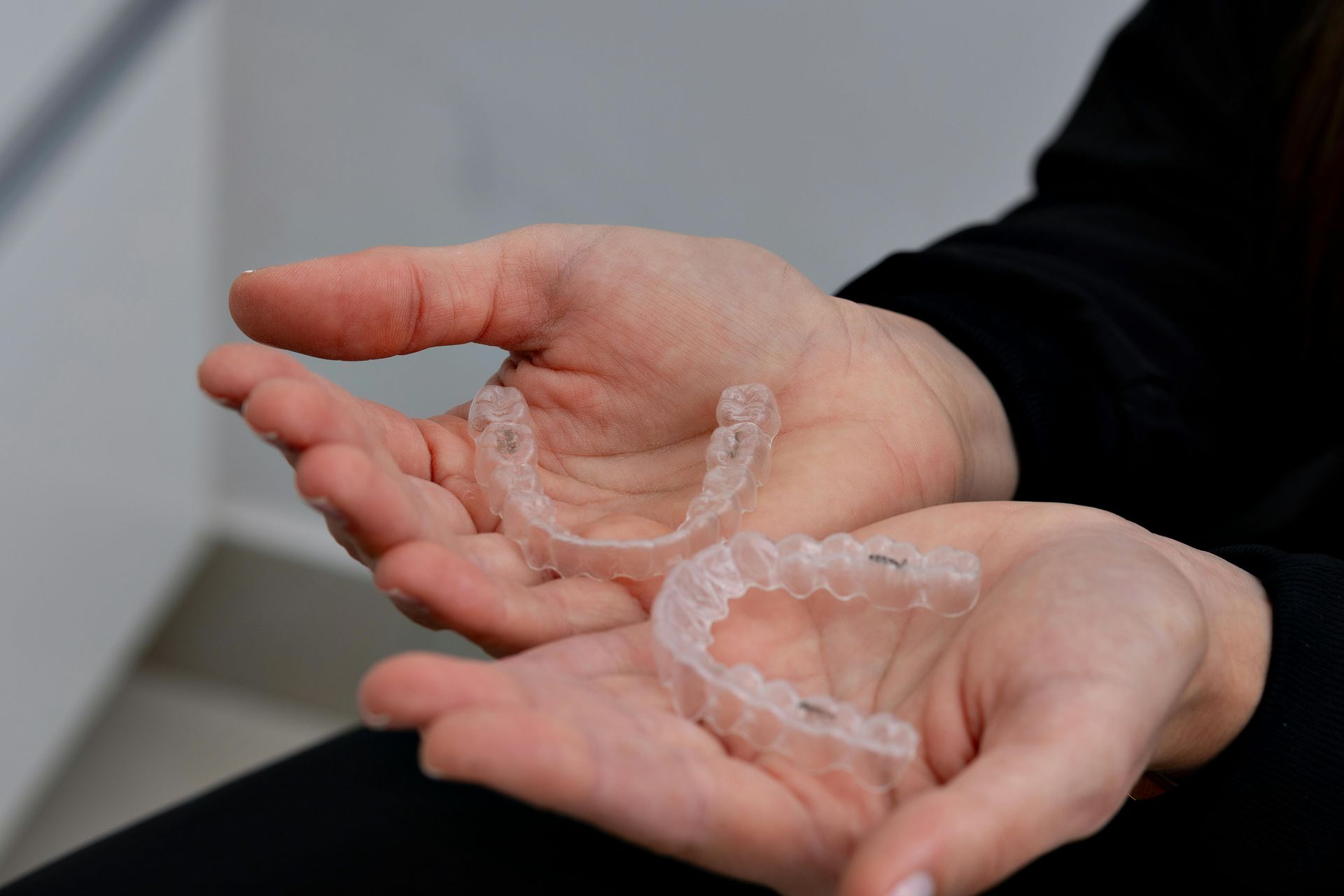Dental Crowns & Bridges
If you’re in need of a missing tooth replacement, you might want to look into dental crowns and dental bridges. These are two of the most convenient ways to fix your missing teeth problem. Both dental bridges and dental crowns make use of prosthetic devices to bring back your lost smile. According to the dentists, a crown is used when a tooth is damaged or fractured, while a bridge is used when one or more than one tooth is missing.
What Are Dental Crowns?
A dental crown is a cap or cover that dentists put over a tooth. Dental crowns bring the tooth back to its normal size, shape, and function. Crowns can even make your teeth stronger and improve the way they look. It is basically a false tooth that is made of either porcelain or ceramic. The best thing about the crown is that it can be custom-made depending on the needs of the patient. The color and the texture can also be matched to the existing teeth. In some crowns, gold alloys are used to make them stronger. Dentists generally prefer using dental crowns when an existing tooth is chipped, broken, or fractured.

There are several reasons why you may need a dental crown, including:
- To protect a weak tooth that has decayed from breaking or in order to keep the weak tooth together if there are cracked areas.
- To restore a broken tooth or a severely worn down tooth.
- To cover and support a tooth with a large filling and not much tooth remaining.
- To hold a dental bridge in place.
- To cover misshapen or discolored teeth, a dental implant, or a tooth that’s been treated with a root canal.
There are many types of crowns that can be used on your teeth. Onlays and ¾ crowns are types of dental crowns that don’t cover as much of your underlying tooth as traditional crowns. A traditional crown will cover your entire tooth. Onlays and ¾ crowns may be appropriate when you still have a solid tooth structure. It’s a more conservative approach compared to a full crown.
Dental Crown Preparation and Procedure
In order to prepare for a dental crown, you’ll likely have to visit the dentist twice. In the first visit, your tooth will be examined and prepared. X-rays will be taken of the tooth and the bone around it. You may also require a root canal treatment prior to your dental crown procedure if you have tooth decay, if there are risks of infection, or if there is an injury to your tooth’s pulp. The tooth that will be receiving the crown will be filed down across the top and the sides to make space for the crown itself. If too much of the teeth are missing, a filling material will be used to build up enough structure for the crown to cover. Your dentist will then get an impression of your teeth to make sure that the crown will not affect your bite. On the second visit, the permanent crown will be placed on your tooth. If everything is okay, a local anesthetic will be used to numb the tooth and the new crown will be permanently placed.

What are Dental Bridges?
A dental bridge is made to bridge the gap created by one or more missing teeth. A bridge is made up of two or more crowns for the teeth on either side of the gap and false teeth in between. The false teeth are called pontics and they can either be made of gold, alloys, porcelain, or a combination of these materials. Dental bridges can restore your smile, restore your ability to properly speak and chew, maintain the shape of your face, distribute the forces in your bite properly by replacing missing teeth, and prevent your remaining teeth from drifting out of position.
There are three types of dental bridges available:
- Traditional Bridges - Traditional bridges involve creating a crown for the tooth or implant on either side of the missing tooth with false teeth in between. Traditional bridges are the most common type of bridge and are made of either porcelain fused to metal or ceramics.
- Cantilever Bridges - This type of bridge are used when there are adjacent teeth on only one side of the missing tooth or teeth. This is not very common anymore and is not recommended in the back of the mouth as it can put too much force on other teeth and cause damage to them.
- Maryland Bonded Bridges
- Also known as Resin-Bonded Bridges, these are made of porcelain, porcelain fused to metal, or plastic teeth and gums supported by a metal or porcelain framework. Metal or porcelain wings often on just one side of the bridge are bonded to your existing teeth.
Dental Crown Process
During your first visit to the dentist, abutment teeth will be prepared. The preparation process will involve recontouring these teeth by removing a portion of the enamel to give room for the crown to be placed on. After that, an impression of the teeth will be made to serve as a model from which the bridge, pontic, and crowns will be made by a dental lab. Your dentist will make a temporary bridge to wear to protect the exposed teeth and gums while the bridge is being made. On your second visit, your temporary bridge will be removed and your new porcelain or metal bridge will be checked and adjusted to achieve the proper fit. You may need to visit your dentist again a couple of times to check on the metal framework and bite. This will depend on your case. If the dental bridge is a fixed bridge, your dentist may have to temporarily cement it in place for a couple of weeks to ensure that it fits properly. After the testing period, it will then be permanently cemented into place.
To know which procedure is best for your, you should visit a restorative dentist in your area. Their experience and expertise will help you overcome your dental problems.
Blog







